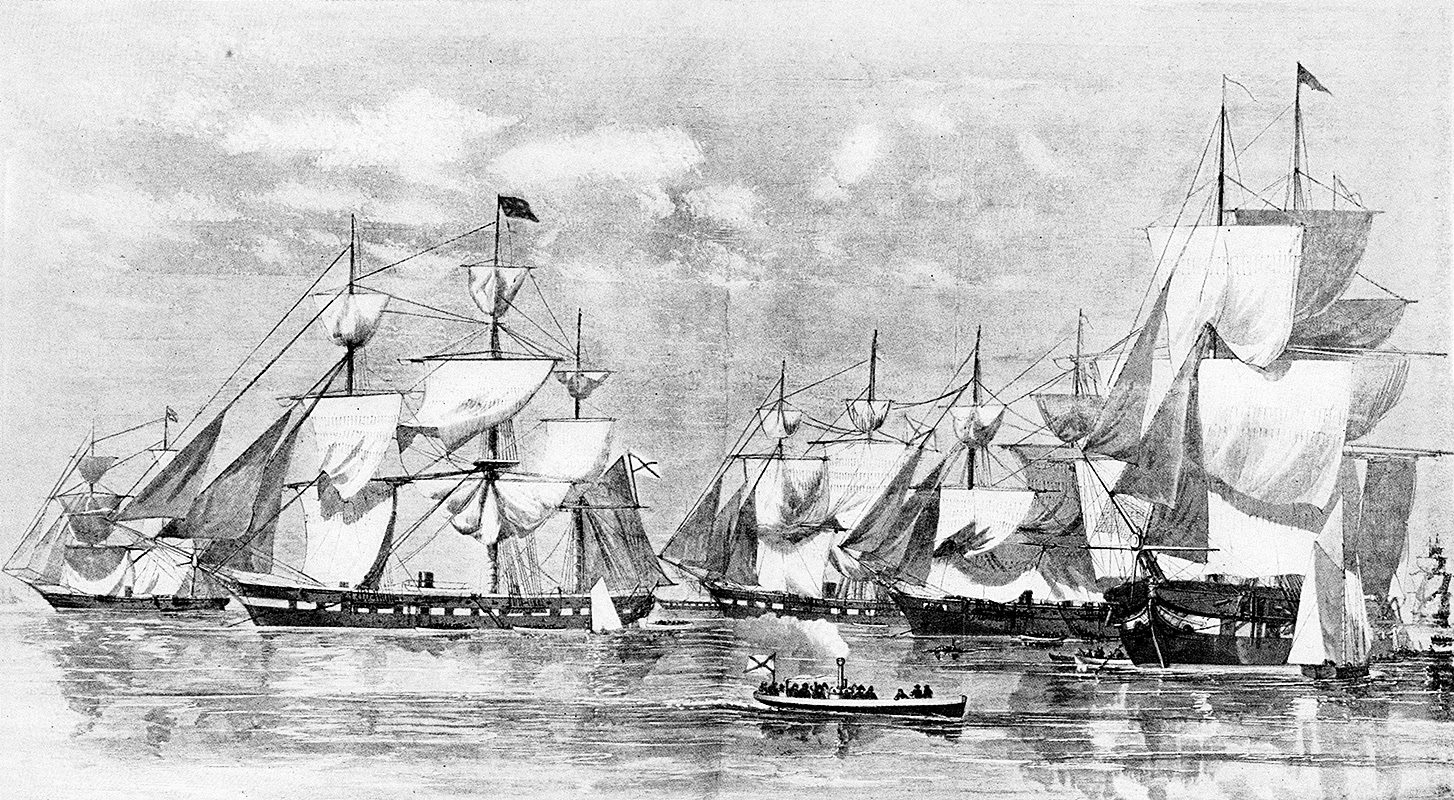
© Harpers Weekly/Archive imageRussian battleships in New York to prevent attacks by Southern raiders supported by Great Britain, in Oct. 1863.
America's sole enemy during the Revolutionary War (1775-1783) was England. Ever since being defeated in that war, England (controlled by the British aristocracy) has tried various ways to regain its control over America. The British aristocracy's latest attempt to regain control over America started in 1877, and continues today, as the two countries'
"Deep State" — comprising not only the lying CIA and the lying MI6, but the entire joint operation of the united aristocracies of Britain and the U.S. These two aristocracies actually constitute the Deep State, and control the top levels of both intelligence agencies, and of both Governments, and prevent
democracy in
both countries. The aristocracy rules each of them. The 1877 plan was for a unification of the two aristocracies, and for the then-rising new world power, American industry, and its Government, to become controlled by the wealthiest individuals in both countries. Franklin Delano Roosevelt had tried to break the back of that intended global-imperialist combine, but he tragically died before he achieved this goal.

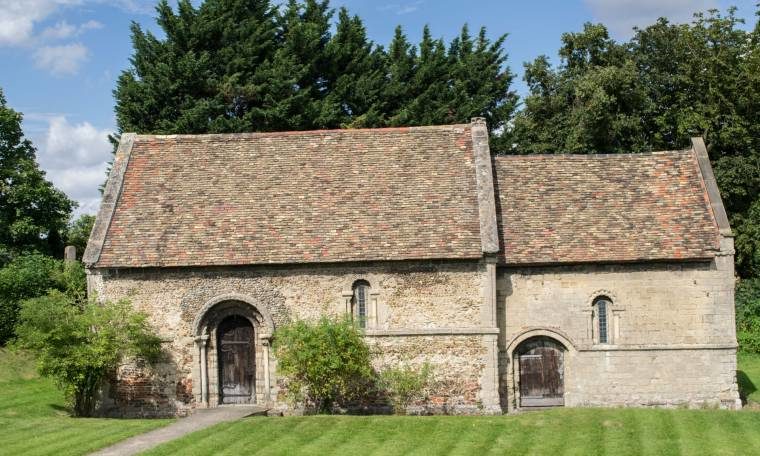
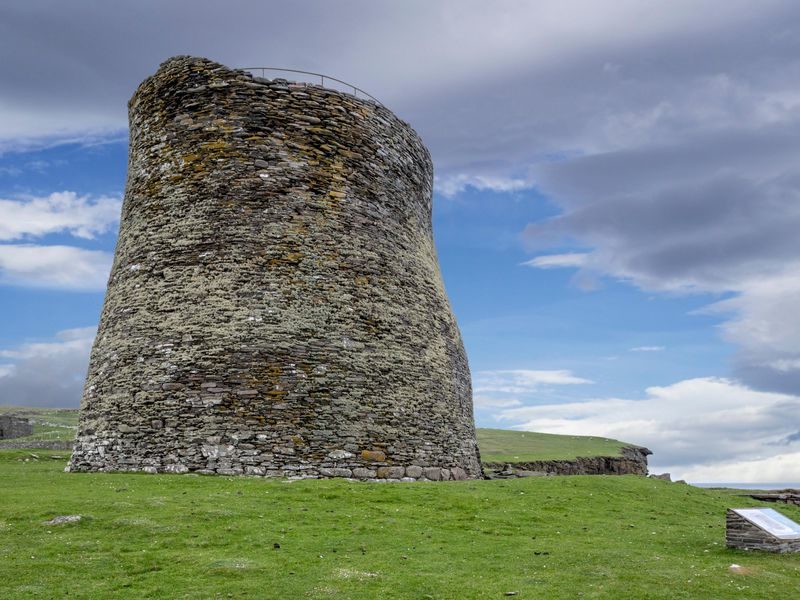
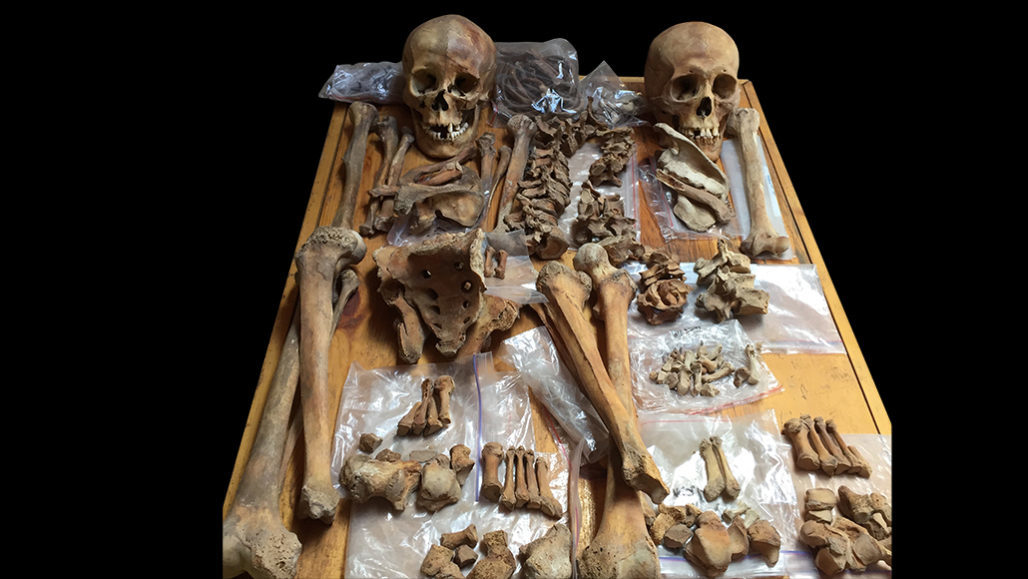
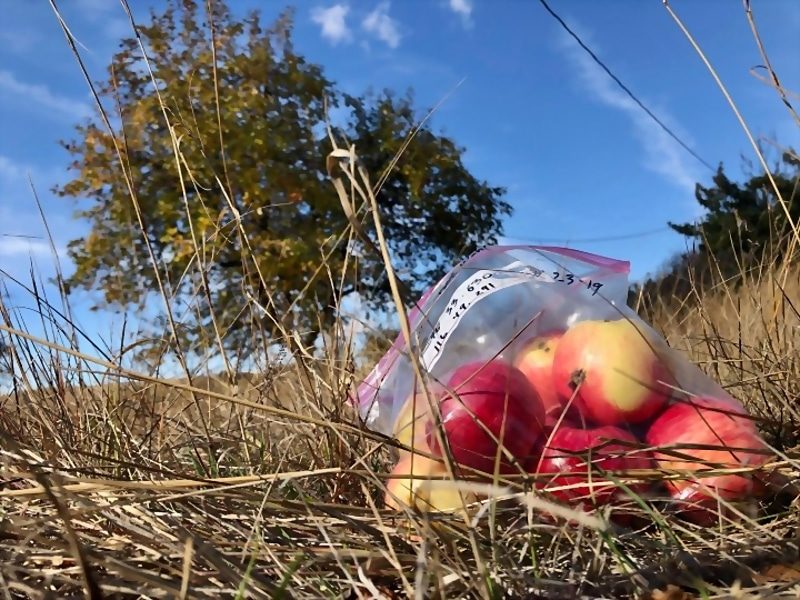
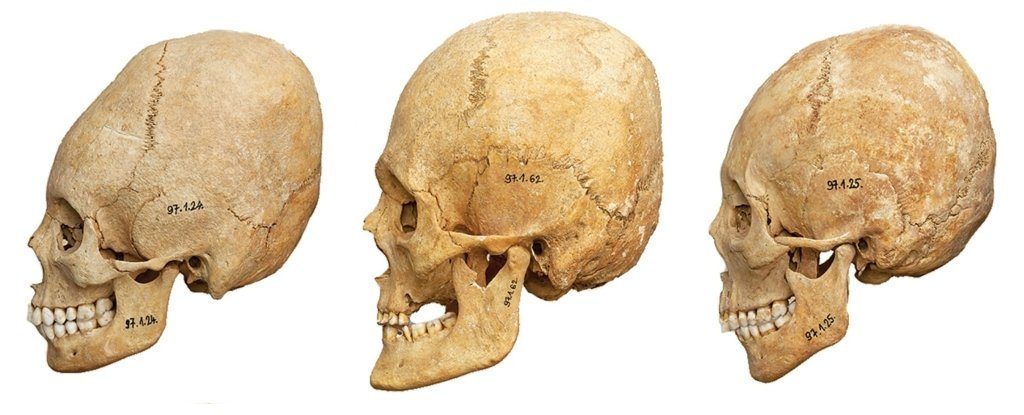
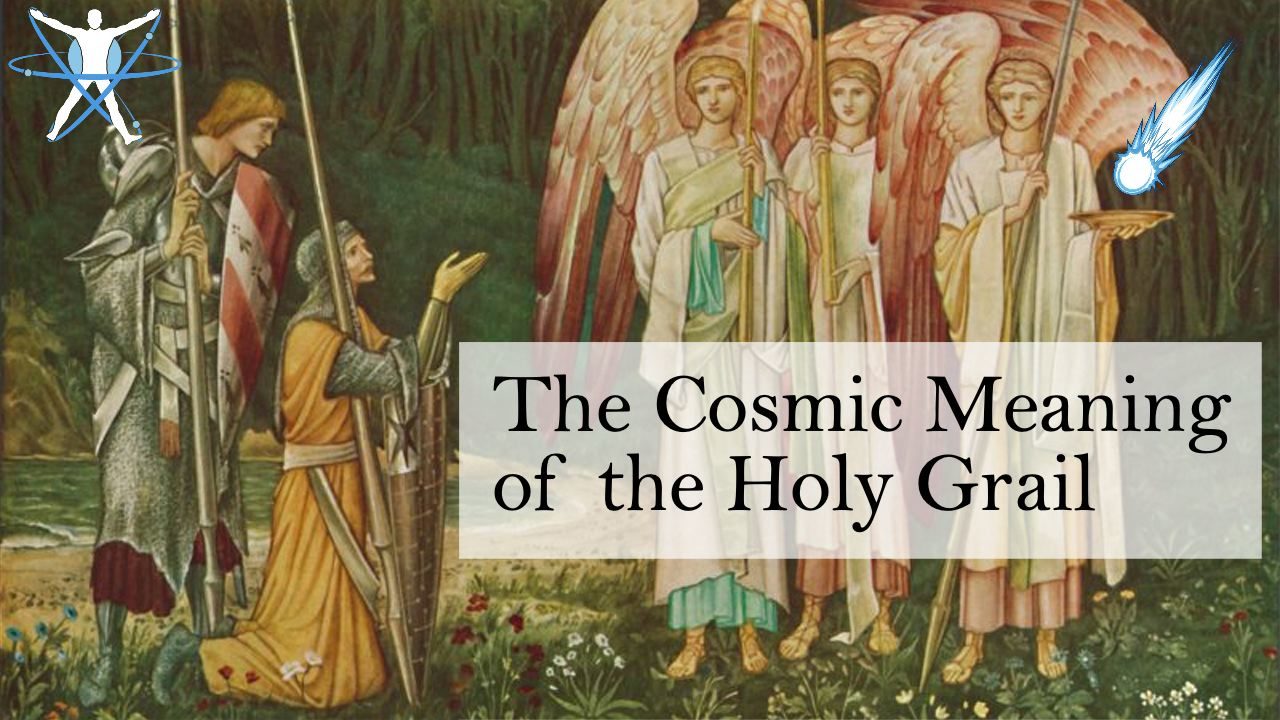

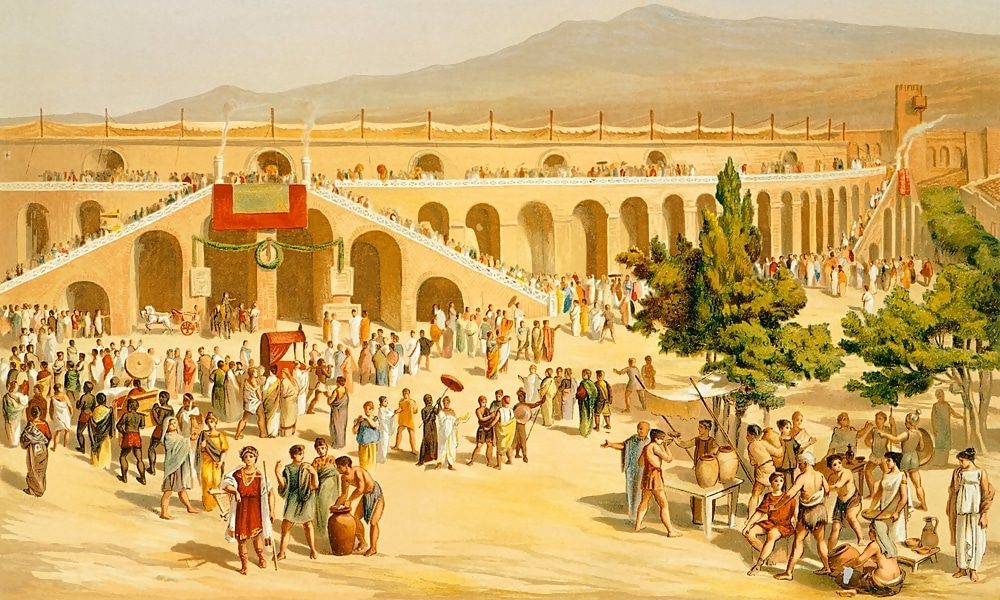
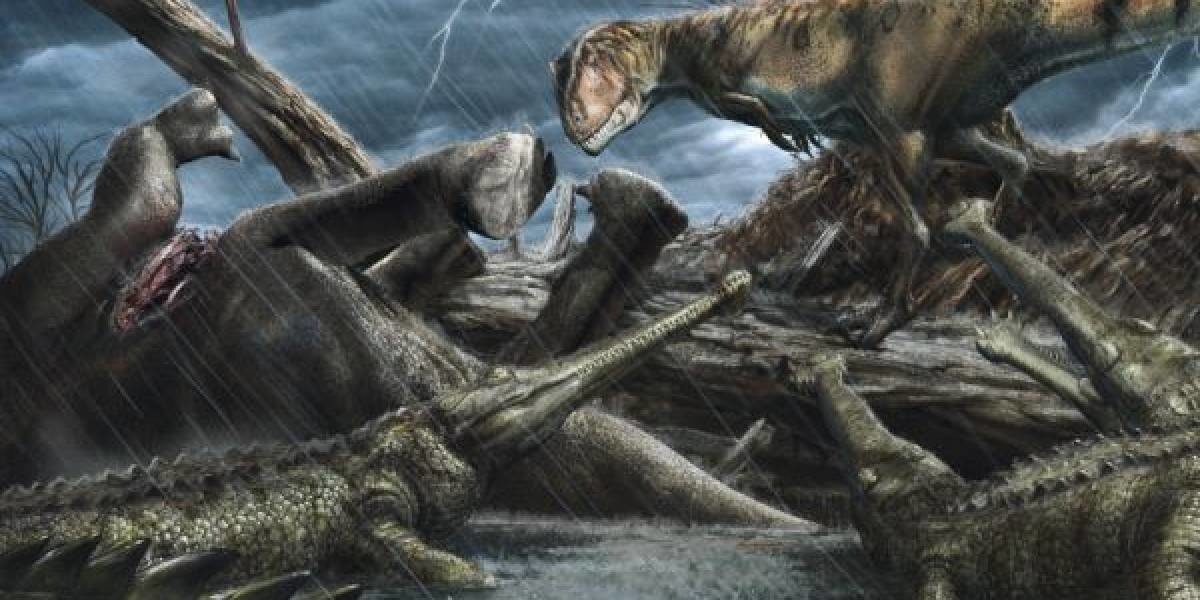



Comment: See also: